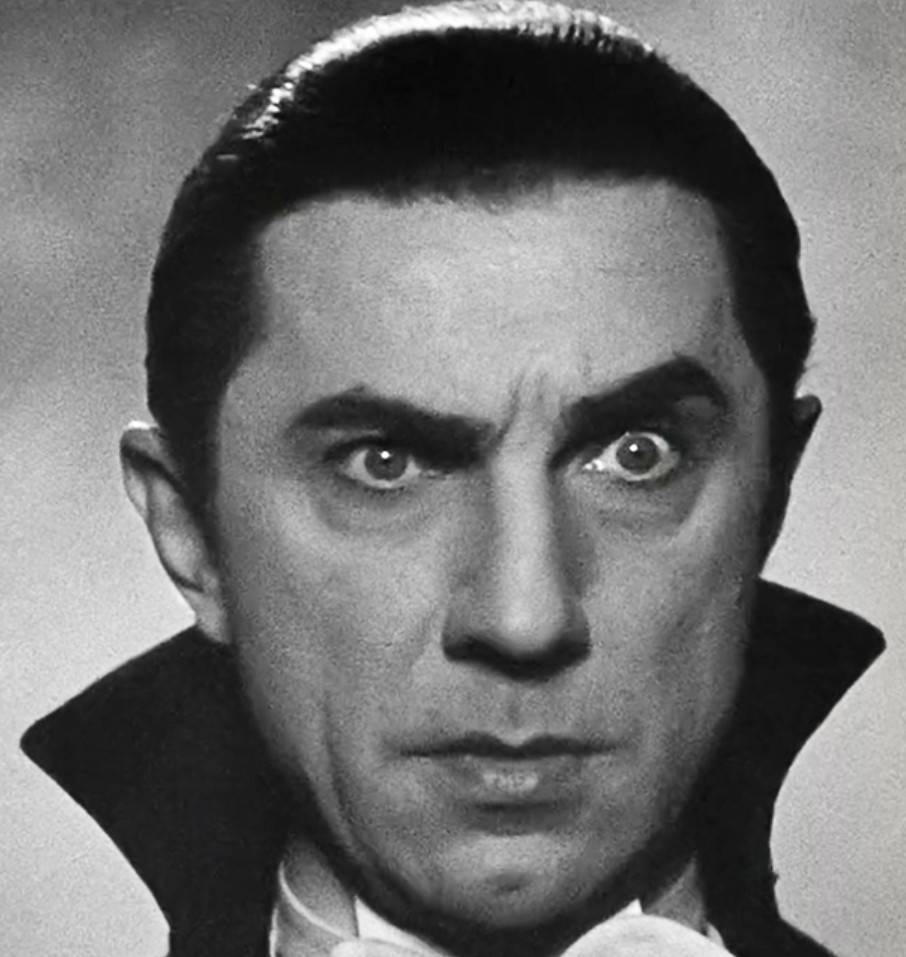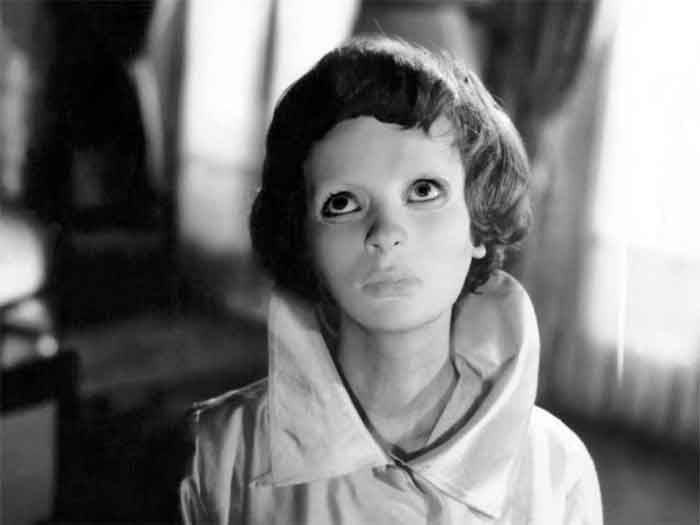In the pantheon of horror cinema, two names stand eternally carved in stone: Bela Lugosi and Boris Karloff. These titans of terror defined an entire genre during Hollywood’s Golden Age, creating characters so indelible that nearly a century later, their performances remain the definitive portrayals of literature’s most famous monsters.
Bela Lugosi
Born Béla Ferenc Dezső Blaskó in 1882 in Lugos, Hungary (now Romania), Bela Lugosi’s path to horror immortality was anything but straightforward. A veteran of World War I and the Hungarian Revolution, Lugosi fled to America in 1920, speaking virtually no English. His determination to succeed in theater led him to learn his lines phonetically, developing the distinctive accent that would become synonymous with Count Dracula.

Lugosi’s breakthrough came in 1927 when he originated the role of Dracula on Broadway. For nearly 500 performances, he honed the character that would define his career—aristocratic, seductive, and utterly menacing. When Universal Pictures acquired the rights to produce a film adaptation in 1931, Lugosi campaigned relentlessly for the role, ultimately accepting a meager $500 per week salary just to immortalize his performance on celluloid.
Boris Karloff: The Gentle Giant
William Henry Pratt, better known as Boris Karloff, took a different route to horror stardom. Born in London in 1887, Karloff emigrated to Canada in 1909 and spent years as a struggling character actor, working odd jobs between theatrical engagements. Unlike Lugosi’s commanding presence, Karloff possessed a gentle demeanor that belied his imposing 5’11” frame.
Karloff’s career-defining moment came by chance. When director James Whale was casting “Frankenstein” (1931), he spotted Karloff in the Universal commissary. Something about the actor’s gaunt features and deep-set eyes convinced Whale he had found his monster. The role required Karloff to undergo four hours of makeup daily, adding 65 pounds of costume and prosthetics, yet he brought a profound humanity to the creature that elevated it beyond mere monster movie fare.
Defining Horror for a Generation
The Count and His Cape
Lugosi’s Dracula established virtually every vampire trope that followed. His penetrating stare, dramatic cape flourishes, and the immortal line “I am… Dracula” created a template that countless imitators would follow. Yet what made Lugosi’s performance transcendent was the sexual magnetism he brought to the role—a dangerous allure that suggested vampirism as seduction rather than simple predation.
The success of “Dracula” launched Universal’s horror cycle, but it also became Lugosi’s blessing and curse. While he would play other memorable roles—Murder Legendre in “White Zombie” (1932), Dr. Vitus Werdegast in “The Black Cat” (1934)—he found himself increasingly typecast, with studios reluctant to see him as anything other than a villain.
The Monster’s Heart
If Lugosi brought sex appeal to horror, Karloff brought soul. His Frankenstein’s Monster, despite having no dialogue in the 1931 film, communicated volumes through gesture and expression. The scene where the Monster plays with little Maria by the lake, ultimately drowning her in innocent confusion, remains one of cinema’s most heartbreaking moments.
Karloff’s approach to the Monster was revolutionary. Rather than playing a mindless brute, he portrayed a newborn consciousness trapped in a grotesque form, desperate for understanding and acceptance. This interpretation influenced not just the two sequels he starred in—”Bride of Frankenstein” (1935) and “Son of Frankenstein” (1939)—but every sympathetic monster portrayal that followed.
Rivals and Colleagues
The relationship between Lugosi and Karloff was complex, marked by professional rivalry and mutual respect. Lugosi reportedly turned down the role of Frankenstein’s Monster, considering it beneath him as it required no dialogue. This decision would haunt him as Karloff’s star ascended while his own began to wane.
They appeared together in eight films, creating some of horror’s most memorable moments. In “The Black Cat” (1934), they played adversaries in a psychological chess match involving Satanism and revenge. “The Raven” (1935) saw Lugosi as a mad surgeon obsessing over Edgar Allan Poe, with Karloff as his disfigured victim. Their final pairing, “The Body Snatcher” (1945), featured Karloff in the lead with Lugosi in a supporting role—a reversal of fortune that reflected their career trajectories.
Despite the rivalry, Karloff always spoke respectfully of Lugosi, acknowledging the elder actor’s pioneering role in establishing horror as a legitimate genre. Lugosi, for his part, maintained his dignity even as his career declined, never publicly expressing bitterness toward his more successful colleague.
The Curse of Typecasting
Both actors struggled with the limitations their iconic roles imposed. Lugosi’s thick accent and association with Dracula made it difficult for him to secure diverse roles. As the 1940s progressed, he found himself in increasingly low-budget productions, ultimately working with Edward D. Wood Jr. on films like “Glen or Glenda” (1953) and “Bride of the Monster” (1955).
Karloff fared better, successfully transitioning to character roles and maintaining a steady career in film, television, and theater. He won a Tony Award for “Arsenic and Old Lace” and narrated the beloved animated special “How the Grinch Stole Christmas!” (1966). Yet even Karloff couldn’t entirely escape the Monster’s shadow, often lamenting that obituaries would inevitably lead with “Frankenstein’s Monster.”
Legacy of Fear
The influence of Lugosi and Karloff extends far beyond their filmographies. Lugosi’s Dracula codified the vampire in popular culture—every subsequent portrayal, from Christopher Lee to Gary Oldman, owes a debt to his interpretation. His dramatic delivery and presence influenced not just horror films but gothic rock music, with bands like Bauhaus immortalizing him in song.
Karloff’s legacy lies in humanizing the monster. His portrayal paved the way for sympathetic creatures in everything from “King Kong” to “The Shape of Water.” Modern horror’s emphasis on the monster as victim rather than simply villain can be traced directly to his nuanced performance.
Bela Lugosi died on August 16, 1956, and was buried in his Dracula cape at his request—a fitting end for the man who had become inseparable from the character. His funeral was attended by horror fans and Hollywood luminaries alike, recognizing the passing of a true original.
Boris Karloff continued working until shortly before his death on February 2, 1969. His final years saw him embrace his horror legacy while continuing to demonstrate his range as an actor. Unlike Lugosi, he died financially secure and professionally respected, having successfully navigated the challenges of typecasting.
Immortal Monsters
Today, Lugosi and Karloff remain the definitive interpreters of Dracula and Frankenstein’s Monster. Their images adorn everything from postage stamps to action figures, and their films are studied in university courses on cinema history. The Universal Monsters franchise continues to generate millions in merchandising, with their likenesses instantly recognizable even to those who have never seen their films.
More than actors, Lugosi and Karloff became cultural icons who transformed horror from a disreputable genre into an art form. They proved that monsters could be complex, sympathetic, and even tragic figures. In bringing humanity to the inhuman, they created performances that transcend their era, remaining as powerful today as they were nearly a century ago.
Their graves may be separated by a continent—Lugosi in Los Angeles, Karloff in England—but in the pantheon of horror, they stand side by side, eternal masters of the macabre who taught us that the most frightening monsters are often the most human.
In the end, perhaps their greatest achievement was showing us that monsters need not be monstrous, and that horror, at its best, reveals fundamental truths about the human condition. Lugosi and Karloff didn’t just scare us—they made us think, feel, and question what it truly means to be human.


How much is going into town councils pockets, and can I get a cut?
Then you sir, are part of the problem in our country.
I do recognize several of the individuals who participated. Many of you are respected members of our community- people who…
To the individuals who drove by my residence repeatedly yesterday, I want to bring something to your attention that you…
Mr. Ford, my apologies. I should have said: Wow, so deep state. Lemme guess, when you're out spouting nonsense, people…